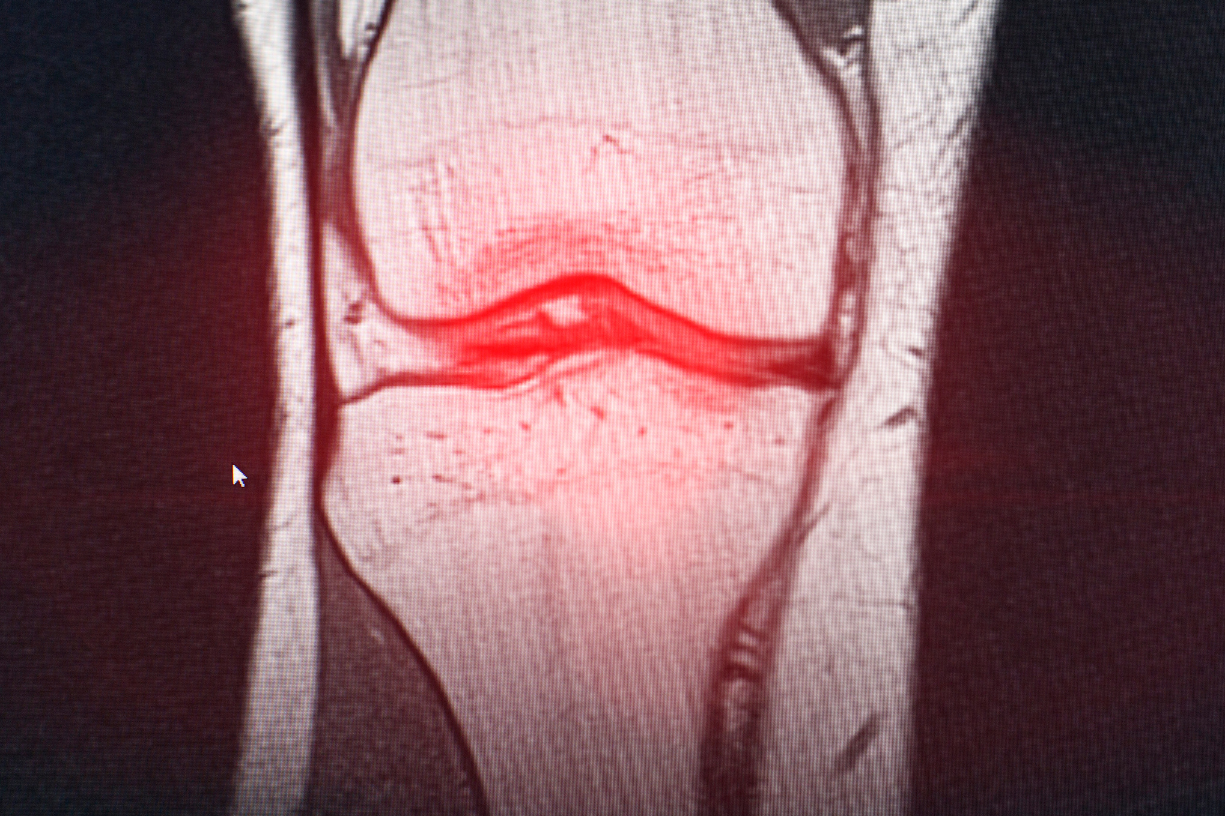What is Bursitis and How Should You Treat It?
Bursitis is an inflammation of the bursae, small fluid-filled sacs located around joints throughout the body, including the shoulder, elbow, hip, knee, and heel. These sacs serve as cushions, reducing friction between bones and soft tissues.
When they become inflamed, it leads to bursitis, a condition characterised by pain and restricted movement.
In this blog we’ll be looking at the following:
– Symptoms of Bursitis
– How Do You Make Bursitis Go Away?
– What Happens If Bursitis Is Left Untreated
– Will Bursitis Go Away By Itself?
– Treating Bursitis
Symptoms of Bursitis
The symptoms of bursitis can vary depending on the precise location of the affected bursa, but commonly include:
- Pain, especially when moving or applying pressure to the area
- Swelling and redness around the joint
- Stiffness or aching in the joint
- Increased pain at night or during specific activities
How Do You Make Bursitis Go Away
The road to recovery from bursitis involves a combination of rest, ice applications, and gentle exercises to improve flexibility and strength around the affected area. A Personal Trainer can help you develop a safe and progressive exercise program to rebuild strength and stability after bursitis. Over-the-counter anti-inflammatory medications can also relieve pain and reduce inflammation. As a complementary approach, Sports Massage can help to ease muscular pain and improve circulation, potentially aiding in the reduction of inflammation in the surrounding tissues.
In more persistent cases, a doctor might recommend physiotherapy, injections, or even surgery to treat the condition effectively. Our team of Physiotherapists can provide expert guidance and develop a tailored treatment plan for your bursitis. It’s crucial to follow a treatment plan tailored to your specific needs, as recovery times can vary.
What Happens If Bursitis is Left Untreated?
Ignoring bursitis can lead to worsening symptoms, including increased pain, swelling, and decreased mobility. In severe cases, untreated bursitis can result in chronic pain and significant limitations on movement. The inflamed bursa might also become infected, requiring more intensive treatment. Therefore, it’s important to seek medical advice early on to prevent the condition from deteriorating.
Will Bursitis Go Away By Itself?
While mild cases of bursitis can improve on their own with proper rest and self-care measures, this isn’t a guarantee. Recovery often depends on the severity of the inflammation and the individual’s overall health and responsiveness to initial treatments. Adopting preventive measures, such as avoiding repetitive motions that strain the joints and maintaining a healthy weight, can also help in managing and reducing the risk of bursitis.
By understanding the signs, symptoms, and treatment options for bursitis, individuals can take proactive steps towards managing the condition effectively and minimizing its impact on their daily lives.
Treating Bursitis
A helpful analogy for managing bursitis, and indeed many musculoskeletal injuries, comes from the British Journal of Sports Medicine (BJSM): the PEACE & LOVE approach.
PEACE & LOVE stands for:
- Protect the joint from further injury.
- Elevate the affected area to decrease swelling.
- Avoid anti-inflammatory drugs in the initial stages to allow natural healing processes.
- Compress the area with an elastic bandage or wrap to minimize swelling.
- Educate yourself on the condition and preventive measures.
Following the initial PEACE phase, the LOVE phase focuses on a longer-term recovery by promoting:
- Load the joint cautiously to encourage recovery.
- Optimism, which can significantly influence your recovery by maintaining a positive mindset.
- Vascularisation through aerobic exercise that doesn’t aggravate the bursitis to promote blood circulation.
- Exercises to strengthen the muscles around the joint, improving support and mobility.
Our Free Online Physiotherapy Services
For those affected by bursitis, professional guidance and support can be crucial in managing the condition effectively. Our free online physiotherapy services are designed to help you understand your condition, work through the PEACE & LOVE phases of recovery, and build a personalised treatment programme.
With expert advice at your fingertips, you can embark on your recovery journey with confidence, aiming for a swift and safe return to your daily activities.




